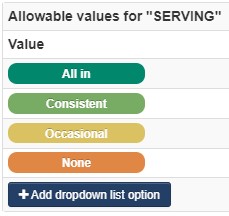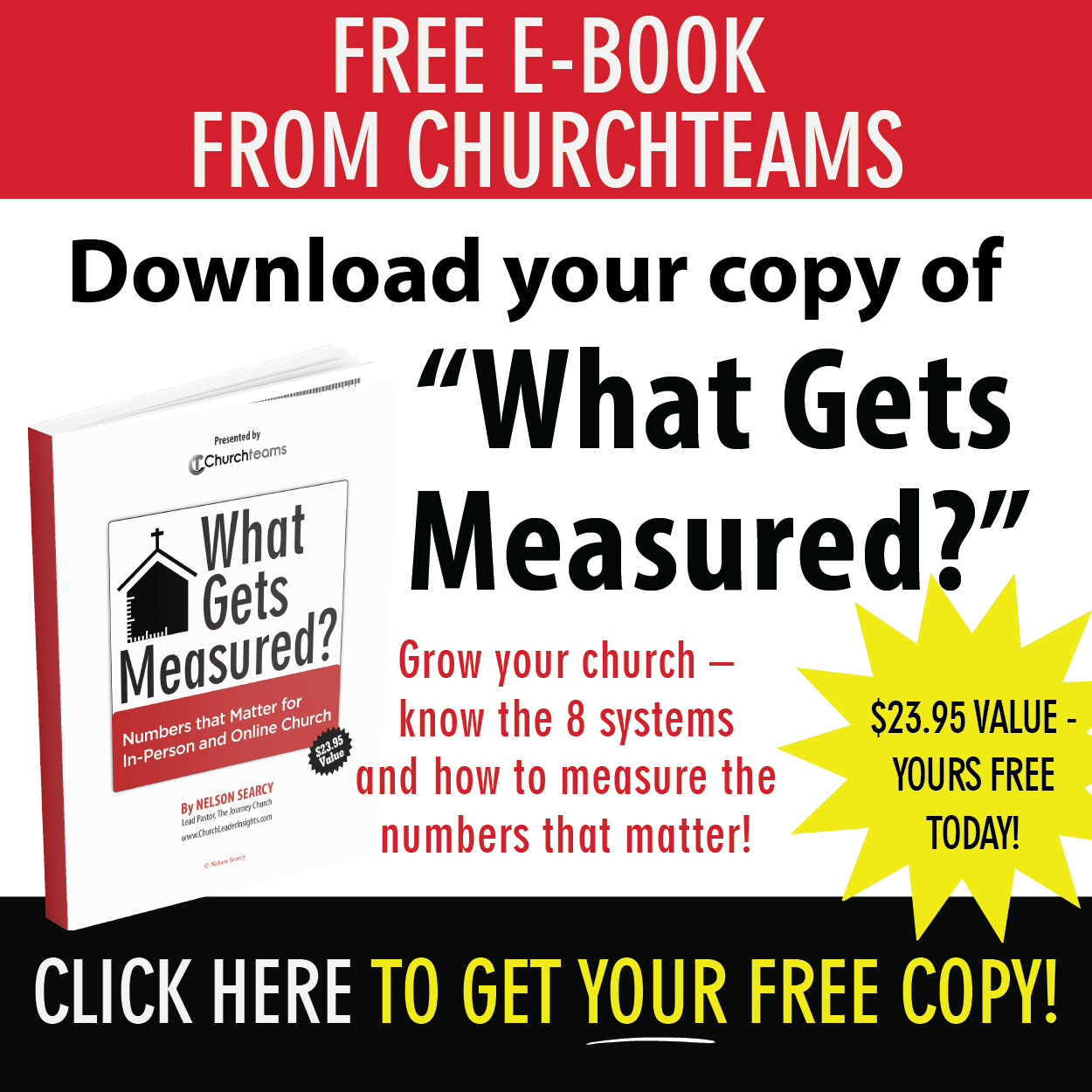If you haven't stayed up with recent blogs, check out the Tracking Discipleship Signs series. In these posts I had a great time relating scripture application to data. Then using this data to provide analytics that give you feedback on your discipleship effectiveness as a church.
New! How to use color coding to spot discipleship signs at a glance.
Tags: Groups
"To the Jews who had believed him, Jesus said,“If you hold to my teaching, you are really my disciples. Then you will know the truth, and the truth will set you free.” John 8:31-32
Here is another place that Jesus makes it clear what His disciples look like.
Tags: Groups
"Then he said to them all: 'Whoever wants to be my disciple must deny themselves and take up their cross daily and follow me." Luke 9:23
Here is another place that Jesus makes clear what he expects of his disciples and thus what you and I should expect of them. Our first sign in this series was commitment or surrender. This is self-denial. The next expectations from this verse are cross-carrying and following.
Tags: Groups
"A new command I give you: Love one another. As I have loved you, so you must love one another. By this everyone will know that you are my disciples, if you love one another.” John 13:34, 35
This is one of those times Jesus makes crystal clear what his followers look like. This quality is so outstanding that people don't miss it. Love.
Tags: Groups
How to use data to track discipleship signs of heart-health (giving).
“No one can serve two masters. Either you will hate the one and love the other, or you will be devoted to the one and despise the other. You cannot serve both God and money.” Luke 16:13
Last time we talked about Commitment as the foundational quality of a Christ-follower. For most of us commitment is a familiar theme of our faith. Maybe too familiar.
Tags: Groups
In last week's blog I made the case that the best way to measure discipleship is by tracking the signs (or indicators) of Jesus followership in a person's life. One of the first and most fundamental signs is commitment.
Commitment to Christ and commitment to his church. Let's consider these and then how to use data to track them.
Tags: Groups
How tracking the signs of discipleship is like the blowing wind.
Like you, I love the church and am enamored with Jesus' commission to make disciples of all nations. Years ago as a university student, I was heavily involved in a college disciple-making ministry. During that time I consumed Leroy Eims' book, The Lost Art of Disciplemaking. It gave me a framework with clear objectives for becoming and making disciples - devoted followers of Christ.
To give you an idea of what I'm talking about, here is a list of some of the objectives right out of the appendix of this
book. (There are 30 listed there.)
Tags: Groups
Scheduled reports and incarnation. The way to build or rebuild trust.
A few weeks ago, in a blog post entitled Groups consistency, I talked about using attendance as a sign that points to faithfulness. And faithfulness is a pre-requisite character quality for choosing leaders who multiply the ministry. (2 Timothy 2:2)
In the same way, attendance is a sign for pastors and church staff that something may be going on in a person's life they are called to shepherd.
In discipleship discussions, we often quote 2 Timothy 2:2 as a pillar text for understanding discipleship that multiplies disciples. The idea, of course, is that Paul invested in training Timothy and was encouraging him to invest in other people who would invest in others.
Notice the adjective that Paul uses to describe the people in whom Timothy was to invest his time. Depending on your translation, the word is generally reliable (NIV, NLT), or faithful (ESV, NASB, KJV). It is someone in whom you trust.
Tags: New Release, Groups, Reports
How to disciple (engage, follow-up) your online only crowd.
The ways churches are meeting at this point in the pandemic are as diverse as the church itself. I know great churches that haven't met live on Sundays since March of last year. And I know great churches that have been meeting live since July and now don't even require masks or social distance. This is the beauty of God's design and the difference in the communities our churches serve.
Tags: Groups, Text-To-Church, Automation
For nearly every church, the second or third largest line item in their budget is related to facility operations. This includes the care, maintenance, energy consumption, capital reserves, etc. All of this can be lumped into the cost of facilities.
Tags: Church Management Software, Groups
Churchteams was built around the idea of growing a church using groups as the common building material for every ministry. This means that everything that involves more than one person is managed as a group.
Every worship service, small group, class, committee, ministry team, leadership team, service team, mission team, event, and even assimilation step is managed as a group.
This is one of the design constructs that makes our software unique, powerful and user-friendly. Once understood, ministry rocks of all sizes are formed together to become a solidly built organization.
Tags: Groups, Best Practices














